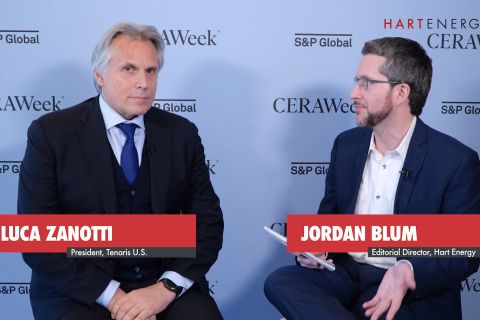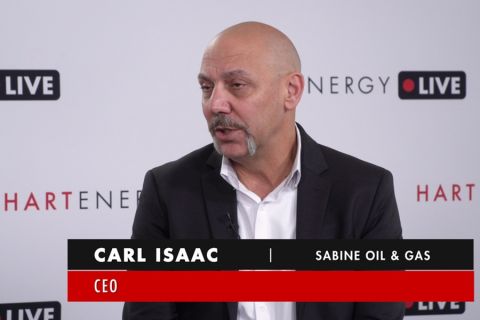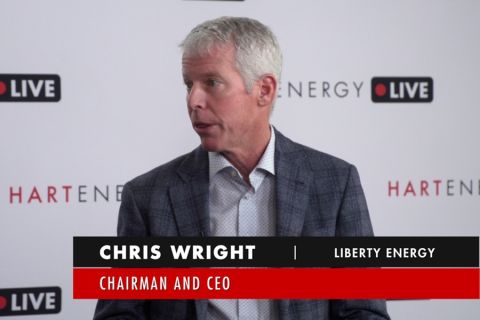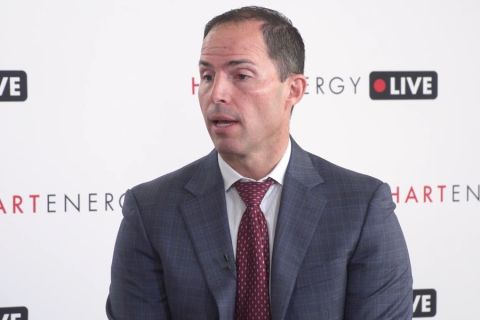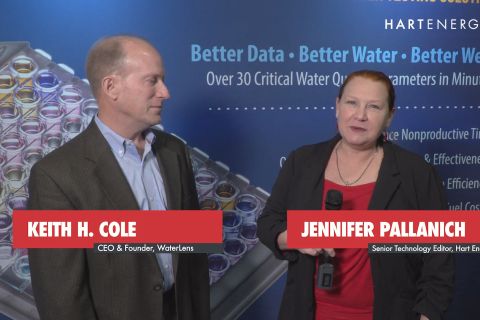Honeywell has announced an agreement with The University of Texas at Austin that will enable the lower-cost capture of CO2 emissions from power plants and heavy industry.
Honeywell will leverage UT Austin's proprietary advanced solvent technology to create a new offering targeted at power, steel, cement and other industrial plants to lower emissions generated from combustion flue gases in new or existing units. The solution provides these sectors with an additional tool to help meet regulatory requirements and sustainability goals, Honeywell said on Dec. 15.
Honeywell has committed to achieve carbon neutrality in its operations and facilities by 2035. This new carbon capture technology builds on the company's track record of sharply reducing the greenhouse gas intensity of its operations and facilities as well as innovation to help its customers meet their environmental and social goals. About half of Honeywell's new product introduction research and development investment is directed toward products that improve environmental and social outcomes for customers.
The licensing arrangement with UT Austin expands Honeywell's carbon capture technology portfolio. Today, 15 million tons per year of CO2 is being captured and used in storage/utilization applications through Honeywell's CO2 Solutions process expertise. Honeywell currently has the capacity to capture 40 million tons per year through its installed projects worldwide.
UT Austin's patented solution utilizes an advanced solvent, which enables CO2 to be captured at a lower cost through greater efficiency using smaller equipment, creating viable project economics today under current CO2 policy frameworks in North America and Europe.
For a typical power plant (650 MW capacity), applying advanced solvent carbon-capture technology would enable the capture of about 3.4 million tons of CO2 annually, equivalent to removing nearly 735,000 cars from the road each year.
This point source CO2 removal technology can be retrofitted within existing plants or included as part of a new installation. In this process, CO2 is absorbed into an amine solvent and then sent to a stripper where the gas is separated from the solvent. This CO2 is then compressed for geological sequestration or used for other purposes. With thousands of power and industrial plants around the world, the opportunity for significant emissions reduction is enormous.
"As the world proactively seeks technology solutions that limit greenhouse gas emissions, we recognize that carbon capture technology is an important lever available today to reduce emissions in carbon-intensive industries that have few alternative options, such as steel plants and fossil fuel power plants," said Ben Owens, vice president and general manager of Honeywell Sustainable Technology Solutions. "By working with UT Austin, our advanced solvent carbon capture system will enable lower cost of CO2 captured post-combustion.1
"We are thrilled that our decades of research has led to carbon capture technology that can significantly reduce carbon emissions," said Gary Rochelle, professor at the McKetta Department of Chemical Engineering and leader of TxCMP at UT Austin. "The licensing agreement with Honeywell enables us to commercially scale this in ways that can make major contributions toward zero emissions efforts to address global warming and to reduce pollutants in surrounding communities," Rochelle said.
In 2020, carbon capture, utilization and storage (CCUS) projects worldwide were capturing and storing/using 40 million metric tons per year of CO2, according to the International Energy Agency (IEA). In order to align with the IEA Sustainable Development Scenario, which demonstrates a pathway to limit global temperature rise by less than 1.65º C, CCUS project capacity must increase more than 20 times to enable capture of 840 million metric tons per year of CO2 by 2030.
Recommended Reading
Exclusive: Tenaris’ Zanotti: Pipes are a ‘Matter of National Security’
2024-04-12 - COVID-19 showed the world that long supply chains are not reliable, and that if oil is a matter of U.S. national security, then in turn, so is pipe, said Luca Zanotti, U.S. president for steel pipe manufacturer Tenaris at CERAWeek by S&P Global.
Exclusive: Sabine CEO says 'Anything's Possible' on Haynesville M&A
2024-04-09 - Sabine Oil & Gas CEO Carl Isaac said it will be interesting to see what transpires with Chevron’s 72,000-net-acre Haynesville property that the company may sell.
Exclusive: Liberty CEO Says World Needs to Get 'Energy Sober'
2024-04-02 - More money for the energy transition isn’t meaningfully moving how energy is being produced and fossile fuels will continue to dominate, Liberty Energy Chairman and CEO Christ Wright said.
Chesapeake, Awaiting FTC's OK, Plots Southwestern Integration
2024-04-01 - While the Federal Trade Commission reviews Chesapeake Energy's $7.4 billion deal for Southwestern Energy, the two companies are already aligning organizational design, work practices and processes and data infrastructure while waiting for federal approvals, COO Josh Viets told Hart Energy.
Exclusive: Calling on Automation to Help with Handling Produced Water
2024-03-10 - Water testing and real-time data can help automate decisions to handle produced water.

